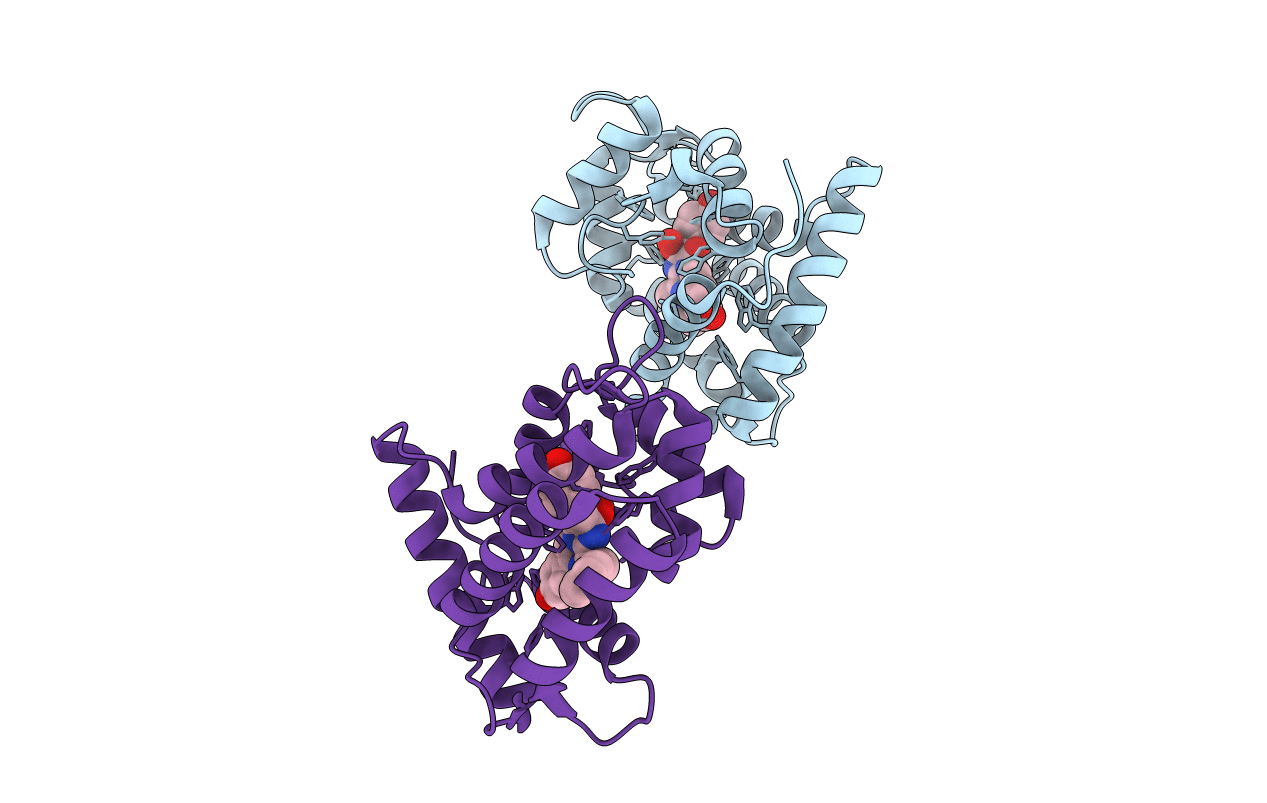
Deposition Date
2000-02-29
Release Date
2000-05-31
Last Version Date
2024-02-07
Entry Detail
Biological Source:
Source Organism:
Aequorea aequorea (Taxon ID: 168712)
Host Organism:
Method Details:
Experimental Method:
Resolution:
2.30 Å
R-Value Free:
0.25
R-Value Work:
0.21
R-Value Observed:
0.22
Space Group:
P 43 21 2


